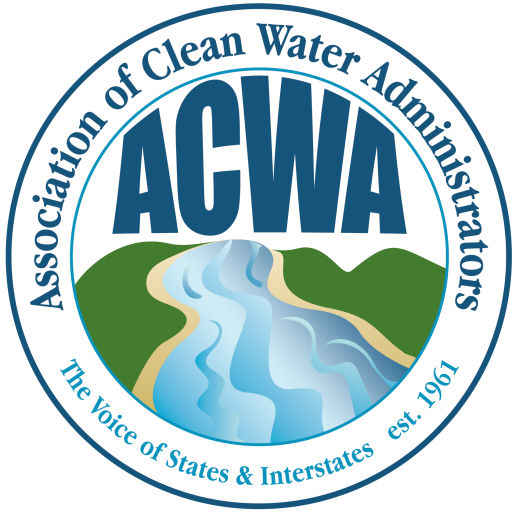The 2019 Nutrients Reduction Progress Tracker report provides an overview of the responses received, along with comparisons to the first iteration of the Tracker.
Reports
Prioritization Framework for Technical Cybersecurity Support to Public Water Systems
In May 2022 EPA submitted a Report to Congress titled Prioritization Framework for Technical Cybersecurity Support to Public Water Systems. The Infrastructure Investment and Jobs Act required EPA, in coordination… Read More »
Technical Cybersecurity Support Plan for Public Water Systems
The week EPA released the Technical Cybersecurity Support Plan for Public Water Systems which included: (1) the methodology for identifying specific PWSs for which cybersecurity support should be prioritized; (2)… Read More »
Annual Report Fiscal Year 2021
ACWA’s Annual Report for FY21.
303(d) and TMDLs: State of the States
In late 2018, ACWA Watershed’s Committee Co-Chairs Jeff Berckes and Traci Iott, along with ACWA staffer Julian Gonzalez, conducted interviews with state representatives covering a wide range of topics on… Read More »
2019 GWU Study Clean Water Act Implementation Revisiting State Resource Needs
2019 GWU Study Clean Water Act Implementation Revisiting State Resource Needs Clean Water Act Implementation: Revisiting State Resource Needs Over the last 4 months, post-graduate study students at the George… Read More »
Recommendations Report for Contaminants of Emerging Concern
A group of subject matter experts from ACWA and ASDWA developed the following recommendations across five action areas to address contaminants of emerging concern: Establish a national priority framework and… Read More »
Developing a New Framework for Household Affordability and Financial Capability Assessment in the Water Sector
AWWA, NACWA and WEF developed recommendations for the EPA on a new methodology and guideline for assessing household affordability and community financial capability to replace its current guidance document: Combined Sewer Overflows – Guidance for Financial Capability Assessment and Schedule Development (EPA, 1997). This effort was prepared in anticipation of the EPA updating its financial capability assessment (FCA) guidelines after the 2017 National Academy of Public Administration (NAPA) Developing a New Framework for Community Affordability of Clean Water Services (NAPA Report).
Sec. 401 Process Improvements
States are the primary authority for allocating, administering, protecting, and developing water resources, and they are primarily responsible for water supply planning within their boundaries. States have the ultimate say in the management of their water resources and are best suited to speak to the unique nature of western water law and hydrology. Under the Clean Water Act (CWA), Congress deliberately preserved states’ authority to manage and protect their water resources by establishing a system of cooperative federalism through which states serve as co-regulators for the implementation and enforcement of federal statutory programs. CWA Section 401 represents a critical state authority which protect states’ authority over water resources and ensures that states have a meaningful role in the certification of federal permits and licenses for projects that may affect water quality in a state.The CWA Section 401 Process Improvements have been developed in collaboration with associations of state officials and are intended to identify possible reforms to the water quality certification program that do not compromise or curtail states’ well-established legal authority to manage and protect their water resources. As states are co-regulators with the federal government in administering the CWA, it is critical that states be afforded early, meaningful, substantive, and ongoing consultation in the development of any changes to the Section 401 program or to the balance of state and federal authority under the statute.
2002 State Water Quality Management Resource Analysis
This Resource Analysis project indicates nationally there is a significant gap in resources needed by states for managing water quality programs. At the highest level of aggregation, this resource gap… Read More »
EPA 2018 Year in Review
“This report highlights key steps we have taken to achieve this goal and to protect the environment and public health. In 2018, we have been particularly focused on providing greater certainty to the American public: certainty in our EPA programs; certainty to the states, tribes, and local governments; and certainty on how we communicate risk. The American public have a right to know the truth about the risks they face in their daily lives and how we are responding. It is our responsibility to explain it to them clearly and consistently.”
ECOS Sample Metrics for Evaluating the Efficiency and Effectiveness of Permit Systems
This week ECOS shared with state media associations version 1.0 of a report titled A Framework of Sample Metrics for Evaluating the Efficiency and Effectiveness of Environmental Permitting Systems. This… Read More »

